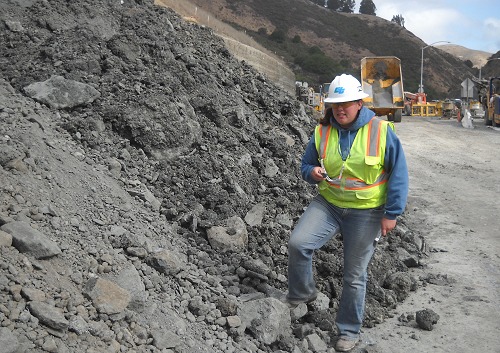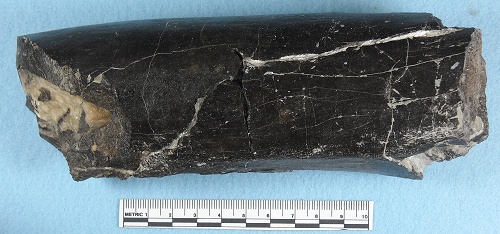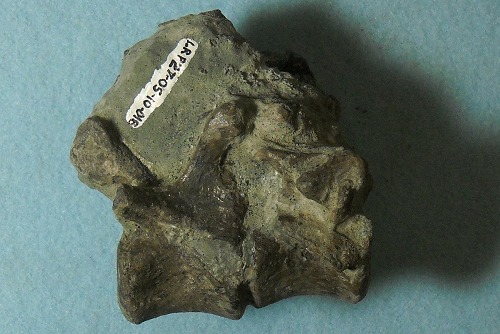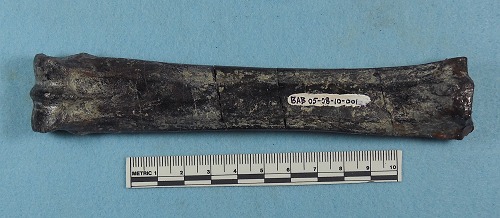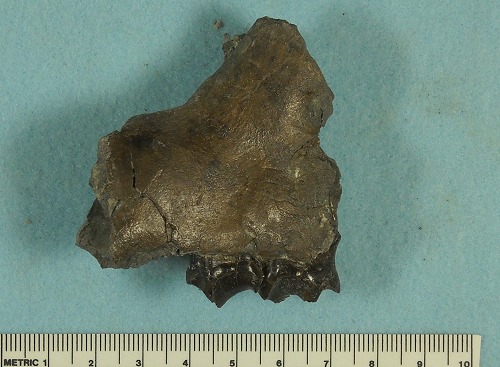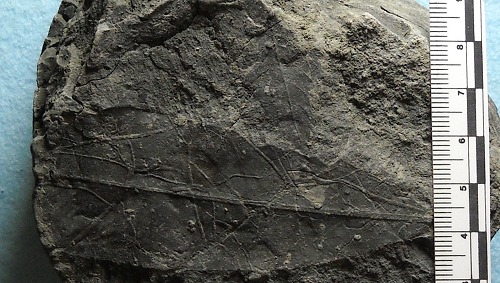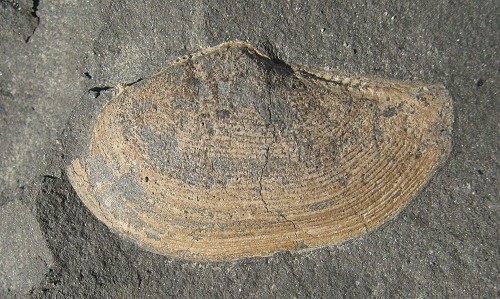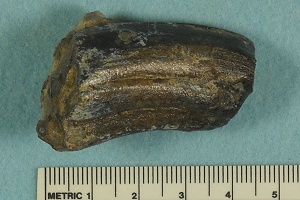 "Paleo mitigation" work during the dig of the new Caldecott Tunnel bore has yielded fresh insight into a familiar set of rocks thanks to fossils like this Miocene horse molar. All photos courtesy CalTrans and PaleoResource Consultants.
"Paleo mitigation" work during the dig of the new Caldecott Tunnel bore has yielded fresh insight into a familiar set of rocks thanks to fossils like this Miocene horse molar. All photos courtesy CalTrans and PaleoResource Consultants.
The fourth bore for the Caldecott Tunnel, which connects Oakland and points west with Orinda and points east, is being dug day and night with the first drive-throughs slated for 2013. Part of the job is what Caltrans contracts call "paleontological mitigation": allowing fossil scientists to salvage resources—"fossils and the deposits they are found in"—that would otherwise be destroyed. A paleo mitigation agreement governs the Caldecott fourth bore project, and scientists shared some of the early results earlier this month.
Fossil hunting is tedious, exacting work, but there are those who love it. Kristin McCallister, a paleontologist for contractor PaleoResource, is shown here during early work at the job site, examining spoils.
